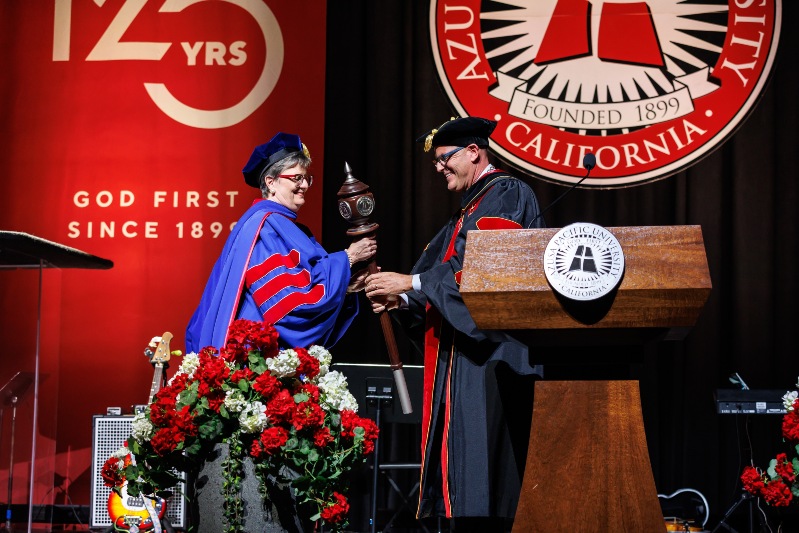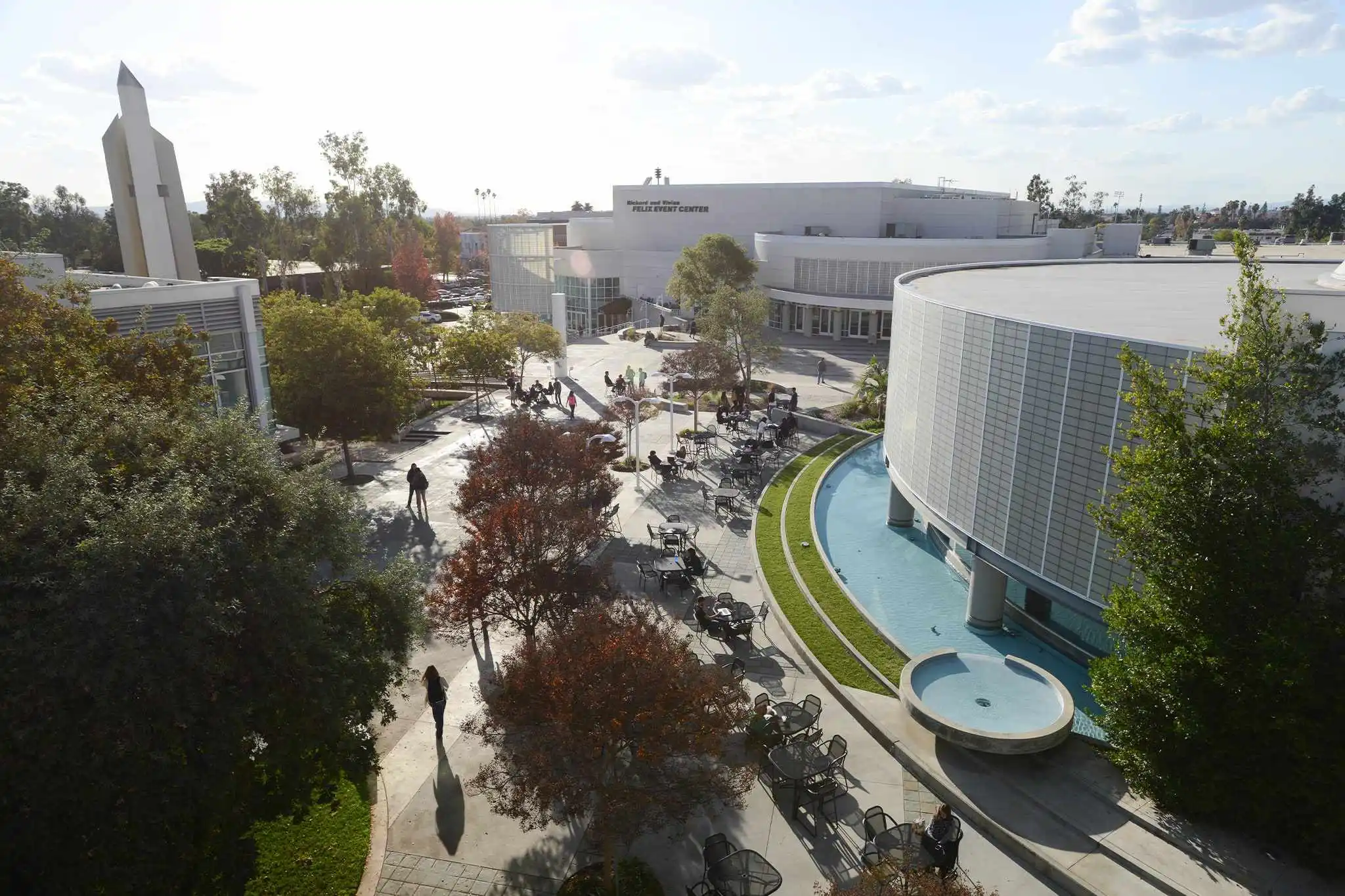
APU Timeline
- Home
- >
- About Azusa Pacific
- >
- Our History
- >
- APU Timeline
Related Links
1899
A group of spiritual leaders from various denominations meet in Whittier, California, establishing a Bible college geared to training students for service and missionary endeavors. The institution earns its first name: the Training School for Christian Workers (TSCW).

1900
The initial class of students meets on March 3, 1900. Mary A. Hill serves as first president.

1907
The Training School for Christian Workers moves three times before settling in Huntington Park in 1907.
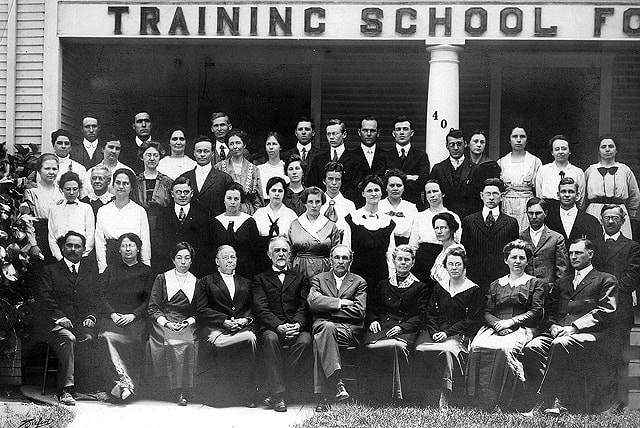
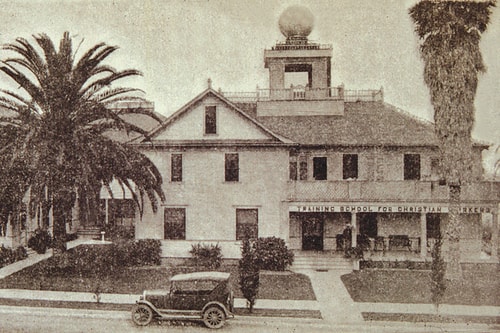
1919
Articles of incorporation create the University of Los Angeles, a federation of schools affiliated with the Wesleyan Holiness Movement. Three colleges fall under the newly established university system—the Training School for Christian Workers in Huntington Park, Los Angeles Pacific College in Highland Park, and California College in Hollywood.
1939
The institution’s name changes to Pacific Bible College, and four-year degrees are offered. Cornelius P. Haggard, ThD, is appointed president and serves as such for 36 years.

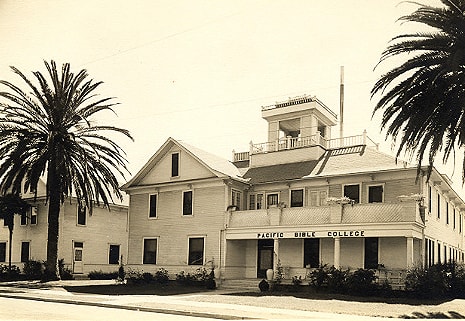
1946
Pacific Bible College outgrows its Huntington Park campus and the Board of Trustees decides to purchase a 12-acre school for girls in Azusa. Classes begin on the new campus in 1946.

1947
Pacific Bible College receives accreditation from the American Association of Bible Colleges.

1957
With recent campus development in Azusa, Pacific Bible College changes its name to Azusa College.

1964
Azusa College receives accreditation from the Western Association of Schools and Colleges (WASC, now the WASC Senior College and University Commission (WSCUC)).

1965
Azusa College merges with Los Angeles Pacific College, a four-year liberal arts institution. Its name changes to Azusa Pacific College (APC).
In the same year, APC joins the National Association of Intercollegiate Athletics (NAIA) as well as the National Christian College Athletic Association (NCCAA) and competes on the national level.

1968-69
Initiated by a tractor fire, APC experiences great natural disasters over the following 18 months. In addition to the destructive fire, the campus deals with two unexpected student deaths, floods in 1969, and extreme winds later that year.
However, APC survives and prevails, participating in the national NCCAA tournament and capturing the school’s first national championship in 1969.
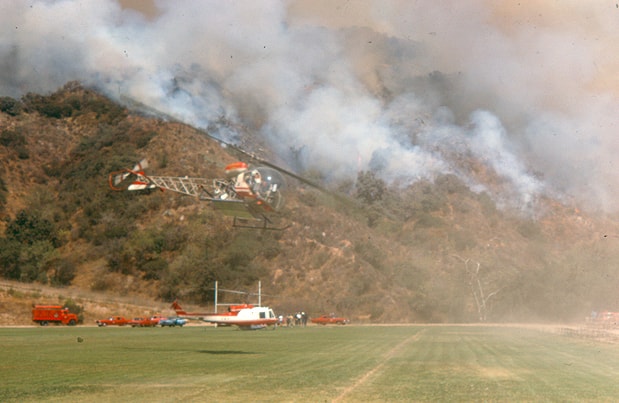

1971-72
APC completes and occupies Multimedia I and Multimedia II classrooms, along with the “Shire Mods,” containing 100 apartments for married students and faculty.

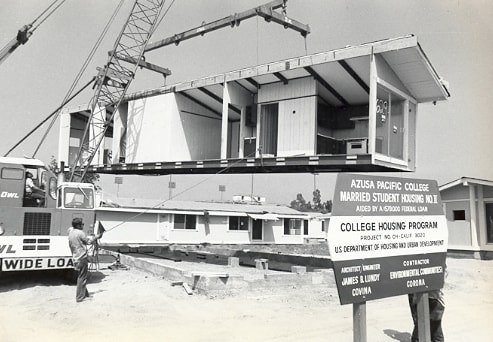
1973
APC becomes a member of the Western Association of Graduate Schools. The institution offers courses in Crestline, Garden Grove, Indio, Lancaster, Long Beach, North Hollywood, Pasadena, Escondido, and Victorville. The total off- and on-campus enrollment reaches 1,000.

1975
The School of Nursing receives accreditation from the Board of Registered Nursing (BRN).
1977
APC’s Undergraduate Nursing Program receives accreditation from the National League of Nursing.
1981
Upon achievement of university status, the college changes its name to Azusa Pacific University.

1982
APU’s Undergraduate Social Work Program receives accreditation from the Council on Social Work Education (CSWE).
1990
Richard E. Felix, PhD becomes president. Among many other accomplishments, Felix reframes the university’s values of the school’s historic Christian mission as the cornerstones of the university – Christ, Scholarship, Community, and Service. The Cornerstones are still recognized today.
APU’s Graduate School of Theology (now Azusa Pacific Seminary) receives accreditation from the Association of Theological Schools (ATS).
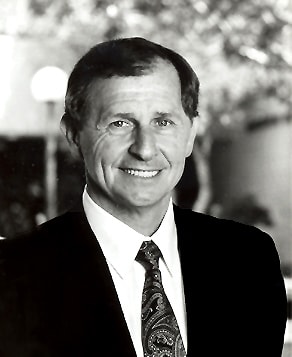

1991
APU’s graduate nursing program receives accreditation from the National League for Nursing.
1996
APU’s undergraduate and graduate nursing programs receive accreditation from the National League for Nursing.
1999
APU’s graduate physical therapy program receives accreditation from the Commission on Accreditation in Physical Therapy Education (CAPTE) of the American Physical Therapy Association.
2000
Felix culminates his presidency with the construction of seven new buildings, a doubling of student enrollment, and the quadrupling of graduate programs. He announces his retirement in April 2000, after the celebration of the university’s centennial.
The Board of Trustees unanimously selects executive vice president and APU alumnus Jon R. Wallace, DBA, to follow Felix in the role of president, effective November 27, 2000.
APU’s Department of Graduate Psychology (now the Department of Clinical Psychology) receives accreditation from the American Psychological Association (APA).
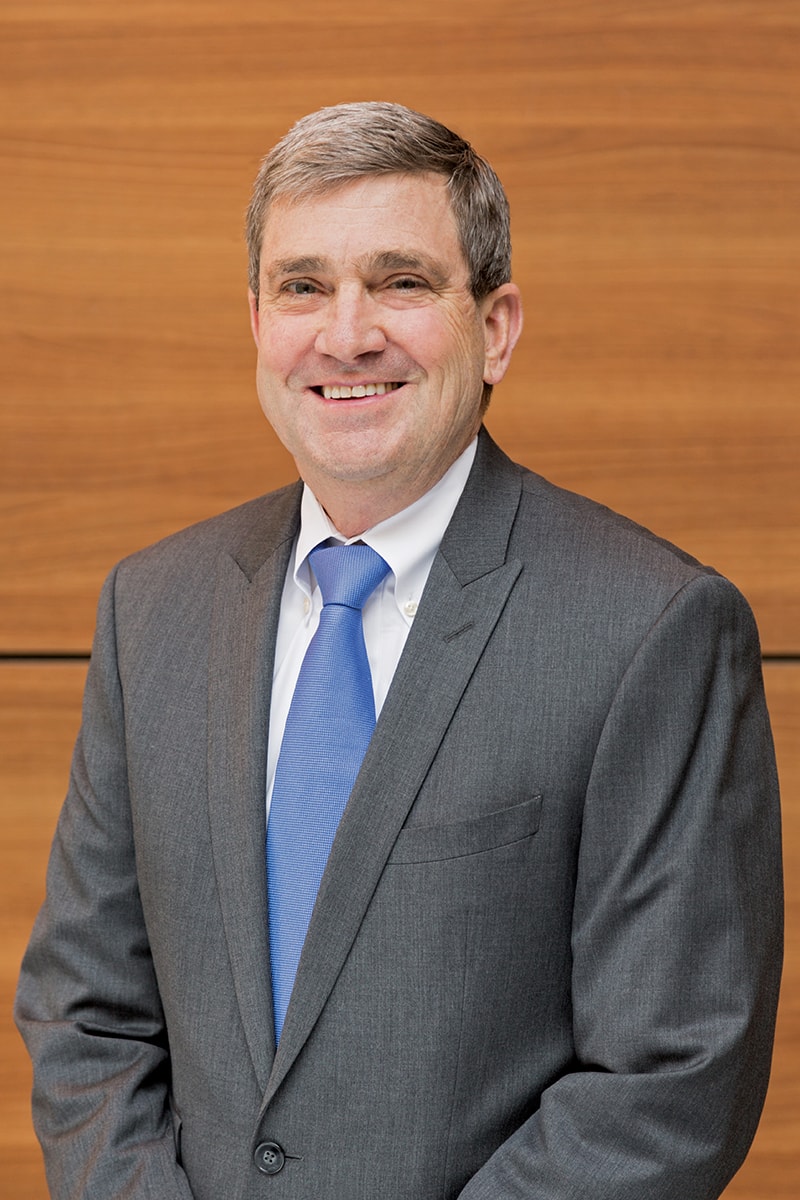

2001
The High Sierra Program (formerly called the Great Works Program) debuts fall 2001, offering students an opportunity to study classic Western art, music, and thought in the scenic setting of California’s High Sierras.
Azusa Pacific’s All Access Program expands the learning environment through wireless computer technology, allowing students to conduct research on the Internet within 300 feet of any university building without wires or cords.
APU’s graduate teacher education program receives accreditation from the California Commission on Teacher Credentialing (CCTC) and the National Council for Accreditation of Teacher Education (NCATE).
APU’s School Nurse Services Credential program receives accreditation from The National League for Nursing Accrediting Commission


2002
APU receives accreditation from the Joint Review Committee on Education Programs in Sports Medicine and from the Commission on Accreditation of Allied Health Education Programs.
APU’s Doctor of Psychology program receives accreditation from the American Psychological Association (APA).
APU’s Doctor of Physical Therapy program receives accreditation from the Commission on Accreditation in Physical Therapy Education (CAPTE).

2003
APU’s undergraduate and graduate nursing programs receive accreditation from the Commission on Collegiate Nursing Education (CCNE) (replaced National League for Nursing).
2004
TIME magazine publishes a feature article on Azusa Pacific University. The article’s last sentence states, “There are a lot of misconceptions about Christian schools. APU’s mission is to prove them wrong.”
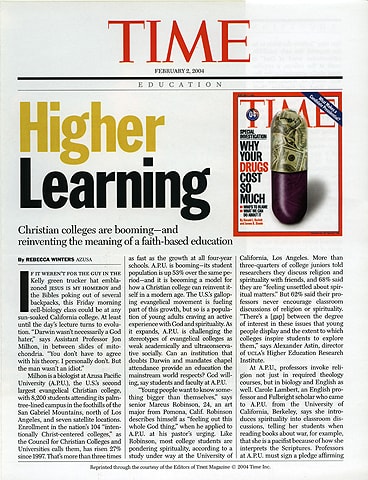
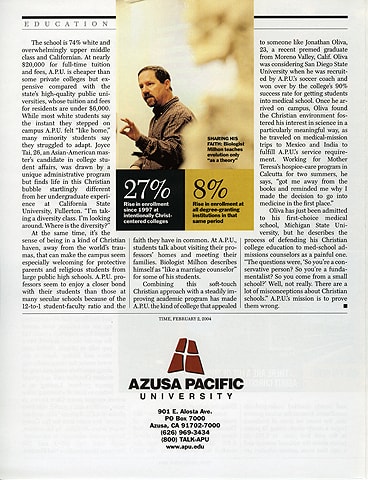
2005
APU’s School of Business and Management receives accreditation from the International Assembly for Collegiate Business Education (IACBE).
2007
After six years ranked among the top colleges in U.S. News & World Report’s America’s Best Colleges—Western Universities (Master’s classification), APU moves up to the prestigious National Universities category along with schools such as Harvard and Yale, ranking in the third tier. APU also ranks ninth in a list of up-and-coming universities named by U.S. News. Also, for the fourth consecutive year, The Princeton Review names APU among the Best in the West.
APU’s sports medicine program receives accreditation from the Commission on Accreditation of Athletic Training Education (CAATE) (replaced CAAHEP).
APU’s School of the Arts receives accreditation from the National Association of Schools of Music (NASM).

2009
Dedicated September 3, 2009, the $54 million Segerstrom Science Center provides 72,000 square feet of lab, office, and classroom space. The building holds a gold LEED certification, making it a high-performance green building.

2010
In September, APU launches Azusa Pacific Online University (now Los Angeles Pacific University), which holds its first class in June 2011.
2011
A gift from LP and Bobbi Leung allows APU to establish the LP and Timothy Leung School of Accounting in January. The school offers a Bachelor of Science in Accounting and a Master of Professional Accountancy, preparing students for excellence and integrity in the profession.
Mark Stanton, PhD, assumes the role of provost in April, becoming the university’s fourth provost and chief academic officer.
The university’s application for membership in the National Collegiate Athletic Association (NCAA) Division II is accepted in July, ushering in a new chapter of Cougar athletic competition.
In September, President Jon R. Wallace, DBA, unveils the Shared Vision 2022 to the APU community, focusing on Mission, Academic Reputation, Valuing People, and Financial Excellence.
APU receives the prestigious Carnegie Community Engagement Classification, placing the university among 115 institutions recognized for their commitment to community service and service-learning.

2012
Azusa Pacific caps its final year of membership in the National Association of Intercollegiate Athletics (NAIA) by winning an unprecedented eighth consecutive Learfield Sports Directors’ Cup trophy.
G.I. Jobs magazine names APU a Military Friendly School for the 2012-13 school year, positioning the university in the top 15 percent of U.S. educational institutions that provide the best services to help educate America’s veterans.
APU becomes a member of the Hispanic Association of Colleges and Universities (HACU).

2013
The university earns a nine-year reaccreditation from WASC (now WSCUC) following a four-year review process.
The School of the Arts teams with the Departments of Art and Design, Cinematic Arts, and Theater Arts to form the new College of Music and the Arts.
APU establishes the Honors College to enhance the university’s Honors Program and offer enriched curriculum for highly motivated students.
2014
Azusa Pacific Online University (APOU) and APU’s School of Adult and Professional Studies (APS) merge to form University College.
2015
The Economist joins U.S. News & World Report, Forbes, and the Princeton Review in endorsing Azusa Pacific, ranking APU graduates among the most employable in the nation.
2016
USA Today names APU among the 10 best U.S. colleges to earn a nursing degree.
U.S. News & World Report ranks APU’s Master of Social Work (MSW) program among the nation’s Best Social Work Programs.
2017
APU partners with local school districts to develop agreements of guaranteed admission and scholarships to qualified students.
2018
Los Angeles Pacific University part of the Azusa Pacific University System, launches in July, encompassing the branch of APU previously known as University College.
In July, APU’s College of Music and the Arts becomes the School of the Arts, positioning the college for continued growth.
The Ahmanson Foundation awards APU a $300,000 grant toward the construction of a Convergent Media Center to equip journalism and public relations students for success in these evolving industries.
For the second year in a row, APU earns status as a Hispanic-Serving Institution (HSI).
2019
The presidential tenure of Jon R. Wallace, DBA, comes to a close on May 31, and he is succeeded the following day by APU’s 17th president, Paul W. Ferguson, PhD, DABT. Ferguson was previously the founding dean of Biola University’s School of Science, Technology, and Health, and was also president of Ball State University and the University of Maine.
2022
Following the retirement of President Ferguson, Adam Morris, PhD, becomes the 18th president of Azusa Pacific. Morris is an accomplished senior administrator in Christian higher education with a deep love for the Lord.

The 27,000-square-foot Duke Student Commons opens on West Campus, enhancing the campus experience for all APU students.

2024
APU celebrates its 125th year, with its official birthday being March 3. The community honors its past and focuses on extending APU’s legacy of transformation to include new generations of disciples and scholars.
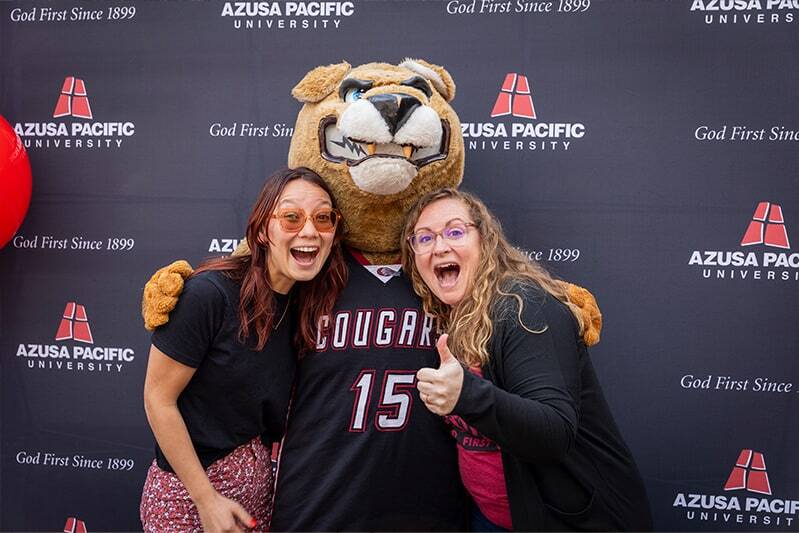
APU welcomes its sixth provost and chief academic officer, Anita Fitzgerald Henck, PhD.
